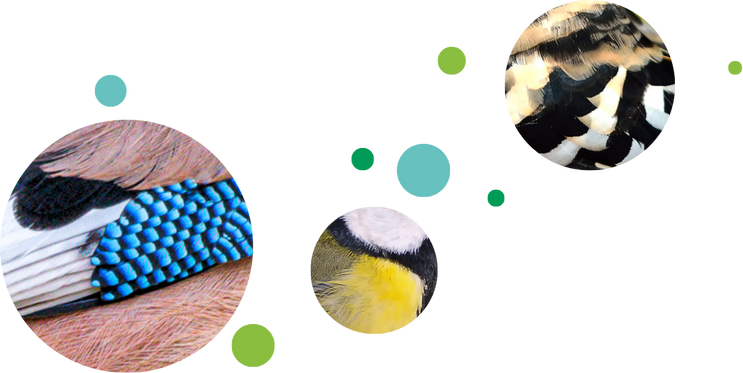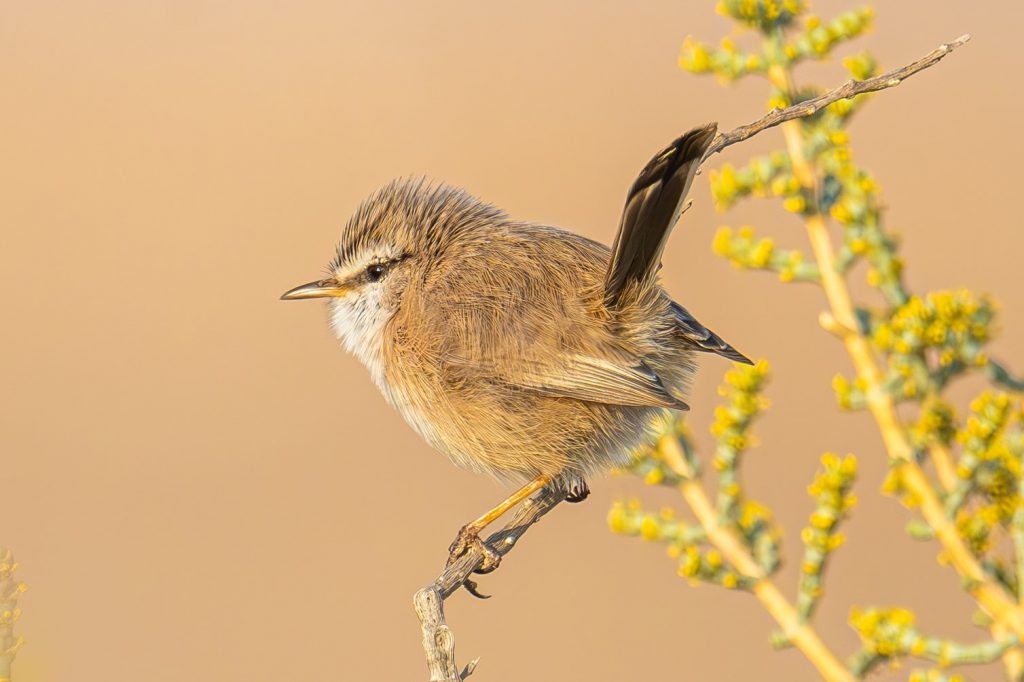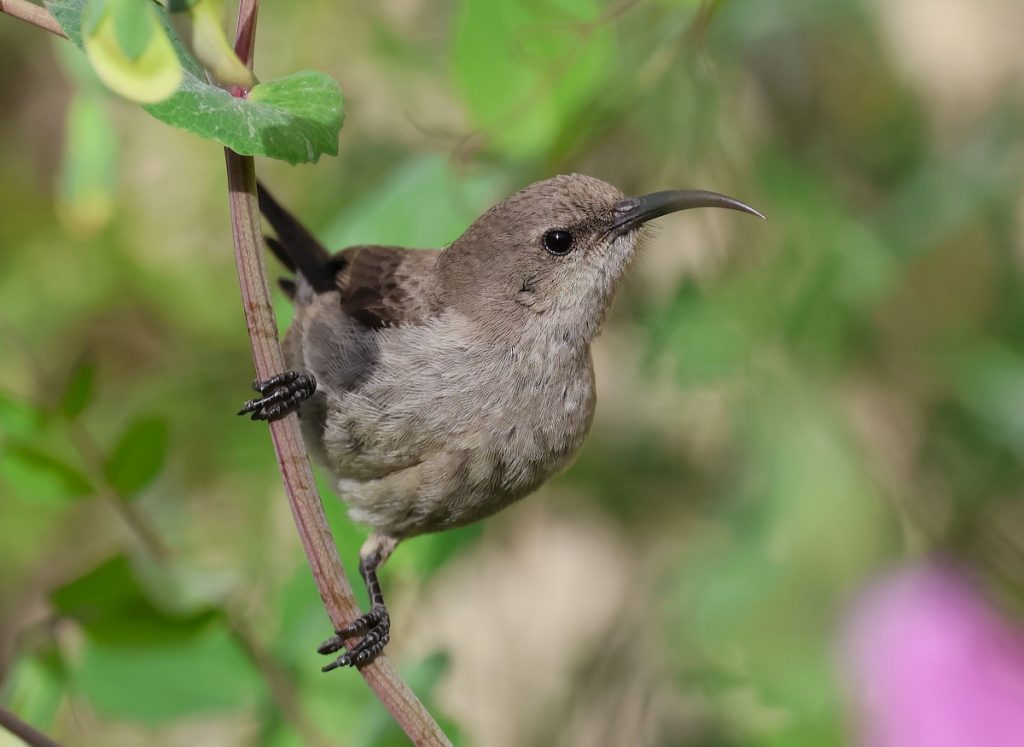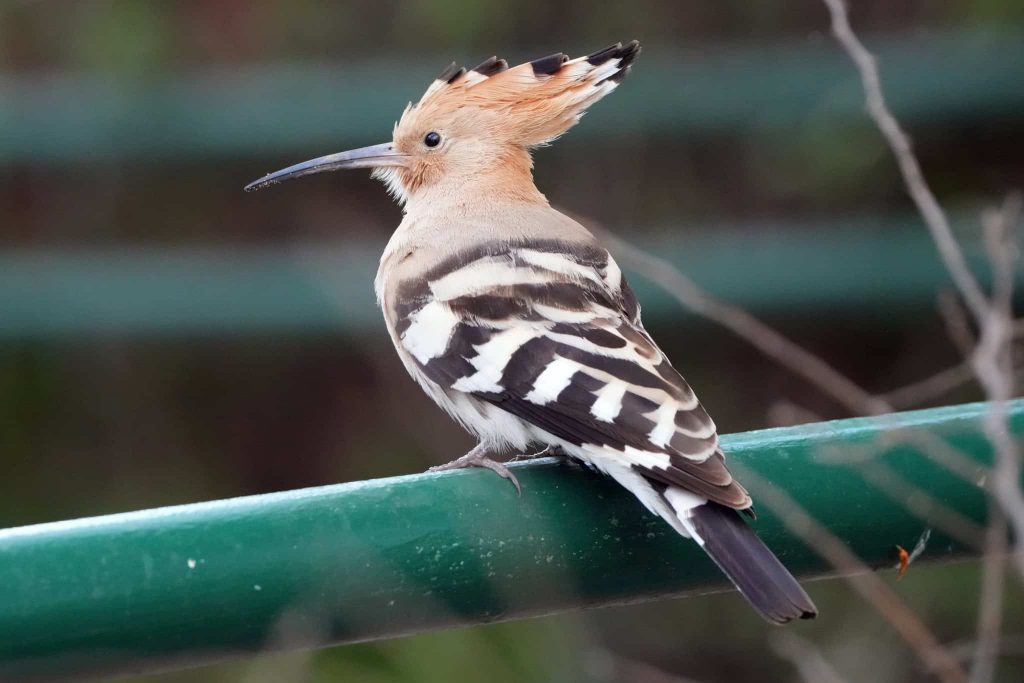The count will begin in
The annual bird count is a long-term monitoring project that tracks changes in bird populations in settlements. The count has been conducted in Israel since 2006, in collaboration with the Center for Nurturing Backyard Wildlife, the Society for the Protection of Nature in Israel, Meeting Place, and the Israeli Center for Citizen Science at the Steinhardt Museum of Natural History, Tel Aviv University. This is a citizen science project in which you – volunteers from all over the country – participate by conducting observations, counting, reporting, and providing information on changes and trends in bird populations near human habitations.





